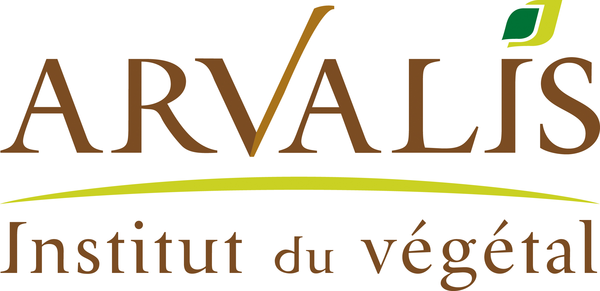Reducing the use of mineral fertilizers.

MOMENT OF INNOVATION..
INNOVATION STATUS.
In France, N2O emissions from agricultural soils are estimated at 46.7 million tonnes of CO2 equivalent (MtCO2e) in 2010, ie 44% of emissions from the agricultural sector. In particular, they are associated with the use of synthetic nitrogen fertilizers. There is a consensus on the importance of nitrogen surpluses in systems cultivated in France, on the overall low nitrogen efficiency of synthetic mineral fertilizers, and on the potential for good agricultural practices to improve this situation.
The action presented in the sheet (see Document: "Réduire le recours aux engrais minéraux de synthèse") proposes to study the possibilities of reducing N2O emissions by reducing both synthetic fertilizer doses and emissions by unit of nitrogen brought.
It is divided into three components:
A. Reducing the mineral fertilizer doses by better adjusting the yield goal
B. Better substituting synthetic mineral nitrogen with nitrogen from organic products
C. Improving the efficiency of mineral nitrogen fertilizers by changing the application modalities
The studied levers of action are: a reduction of the mineral nitrogen dose provided by better adjusting the yield objective, a better valorization of livestock effluents and other organic waste replacing mineral fertilizers, and an improvement of the efficiency of the supplied nitrogen obtained by modifying the supply conditions. All these techniques do not affect yields, and do not involve disruption of production systems.
This reduction in mineral fertilization also makes it possible to save fossil energy (thus CO2 emissions induced upstream of the farm), since the manufacture of synthetic nitrogen fertilizers is a strong energy consumer.
The action concerns field crops excluding legumes. It is complementary to other actions that also aim at reducing the supply of mineral nitrogen fertilizers, by: increasing the area of legumes, the generalization of intermediate crops that limit losses or "de-densification" of the most fertilized grasslands.
Management of nitrogen fertilization of field crops is technically complex because it must take into account the diversity of pedoclimatic conditions and uncertainties related to climate, the biological functioning of soils and stands, the availability of nitrogen forms. These uncertainties often lead to the aim of minimizing the risk of yield losses by increasing nitrogen doses. Practices aimed at reducing the risk of loss (especially by volatilization of ammonia) must therefore be promoted at all costs. Favorable approaches to GHG mitigation are also to limit nitrate contamination of surface and groundwater. This assumes that techniques that have not yet been studied and / or practiced (the localized application of fertilizer in the soil or the use of nitrification inhibitors, for example) are the subject of more systematic studies in France. to be able to prepare the accompaniment of the farmers. There is also considerable room for progress on the implementation of nitrogen fertilization piloting tools, which are still little used, and which show their interest in reducing the total nitrogen dose, provided that the objective of yield is not overestimated.


